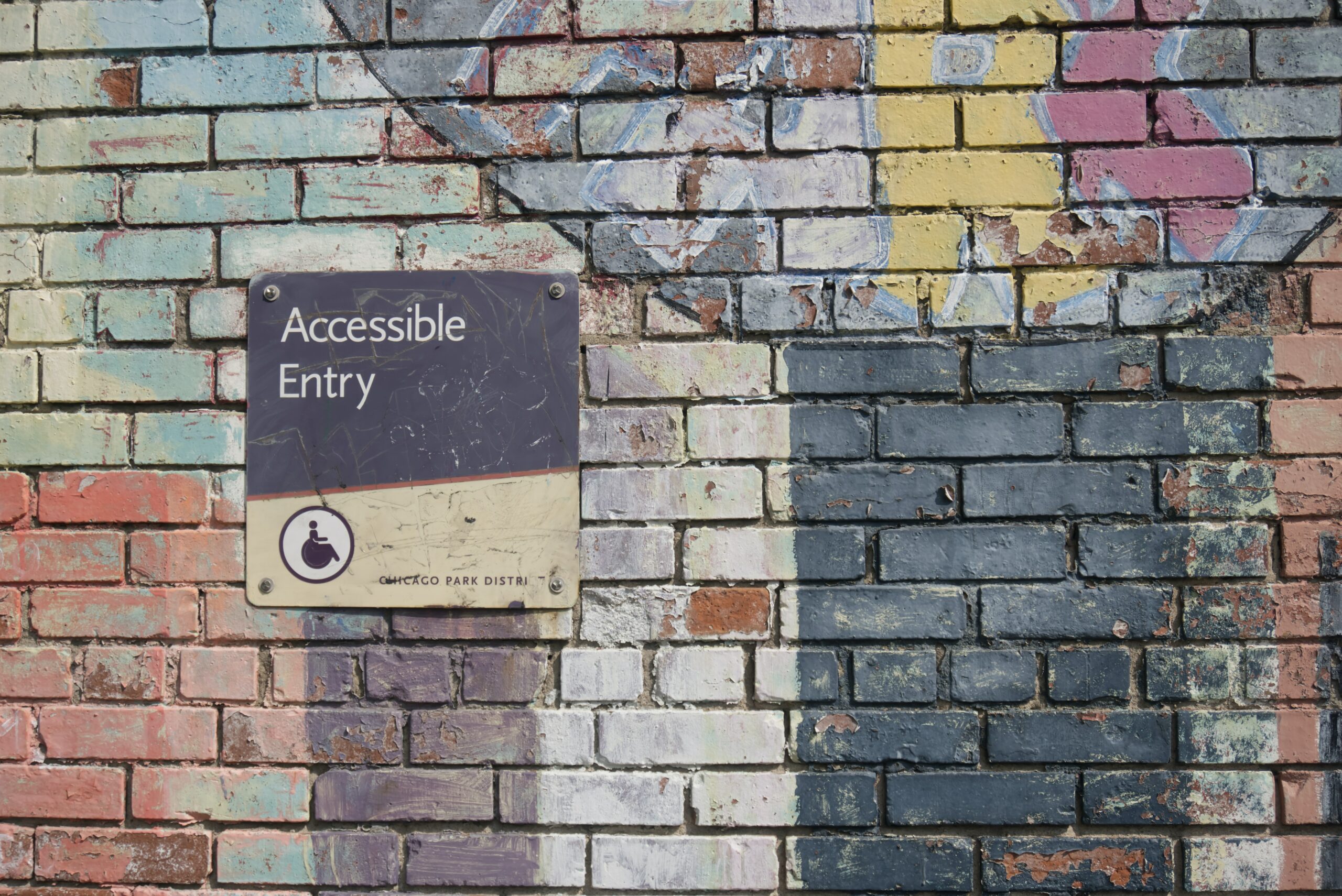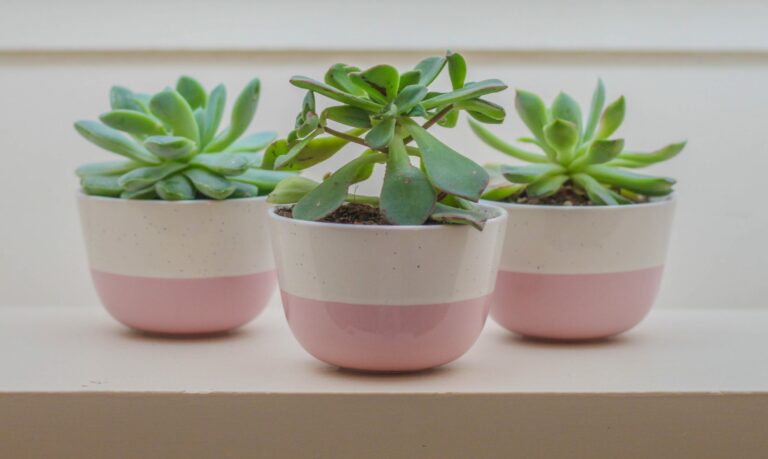Is Anyone as Cruel as a Normal Person?: Disability, Access, and Why I Refuse to Go “Back to Normal”
Oh, a deeper dive this week for the lyric reference. This track is from Arcade Fire’s Reflektor album. The title of this post waffled between the above and “They Will Break You Down / Until Everything is Normal.” I think they both work.
We find ourselves in what I can only find myself describing as the dog-days of Covid-19. Like the dog-days of summer, we seem to be at our most uncomfortable, straining pointlessly against a moment that won’t be controlled by the level to which we are “over it.” I don’t share the confidence of those who say the worst is behind us, and I don’t know where that optimism emerges from, but I would argue that this moment, with social cohesion in tatters and people just deciding to be, shrug, done before we can even vaccinate and protect the under-5s among us (they exist), let alone have a real conversation about how to protect the vulnerable, is the most uncomfortable moment.
And of course, Western chauvinism drips from the preceding paragraph: to be even at this stage of this unending trial is due to the accident of birth of vaccine privilege, which the richest countries in the world seem determined to horde like Gollum’s ring (and you know what happens to hobbitses who horde rings). But with the wealth of opportunity we have had to protect and care for ourselves and each other, it’s all the more disheartening to see how quickly the collective solidarity of the early pandemic days has fallen away. We’re heading “back to normal,” which I guess means “everyone for themselves” — because the normal we had before didn’t work for an awful lot of people. If there’s one thing this moment has made achingly clear, it’s that the ableism baked into how we do business in the post-secondary sector will take a lot more than a global pandemic to unseat. And that if we don’t use this moment to imagine something a damn sight better than normal, it’s hard to imagine that we ever will.
How depressing. Let’s dig in.
Do you remember the initial pivot online in March 2020? The overriding message — beyond “just keep teaching,” which, yeesh, y’all, read the room — was about care. Let students have flexibility and space. Attendance marks are a fool’s errand. It’s inappropriate to demand doctor’s notes. It’s unreasonable to demand cameras on. Demands, full stop, went briefly out of vogue. There was this moment where it seemed like we were finally going to try to centre care and access, recognize the limited meaning of “rigour” and try to offer a space for students — anxious, scared, grieving — to be their whole selves.
It lasted a hot second. And I know many of my faculty colleagues are still trying to enact this kind of care in their classrooms, whether by maintaining flexible policies or trying to do the heroic work of managing a hyflex classroom completely solo. It’s killing them. Because the institutional support for this kind of flexibility is limited to words. “Be flexible! Unless you need resources! In which case… have you met our newest Associate Vice President of Flexibility and Resilience?”
A note on positionality before we begin: I am a learner, not an expert, in the world of disability studies, and I do not have life experience as a disabled academic or student.* (A critical resource in shaping my own thinking has been the incredible resource, “Cripping Pandemic Learning in Higher Education” by Hannah S. Facknitz and Danielle E. Lorenz.) My observations here are those of a concerned member of the academic community, one who believes that building a more accessible academy is better for everyone. An example I like to give — not least because it highlights my own fallibility, my need to be rationally self-interested to “get it” — was the way I suddenly appreciated sidewalk curb-cuts and high-quality subtitles when I became a new mum with a stroller and a sleep-resistant baby. Those accessibility tools weren’t designed for me, but they made my life better. And the older I get, the more aware I am that we are all temporarily abled, and that building a world that supports everyone — especially as we stare down the mass disabling event that is Long Covid — should be our goal.
The truth is, that if you open your eyes to the hostility of the post-secondary sector to disabled people, it becomes awfully hard to look away. Whether it is a systemic unwillingness to respond with anything but exclusion (as in expulsion) to disclosures of trauma and mental illness, the clear “leaky pipeline” for disabled people as they move from being students and post-graduate researchers to not finding permanent faculty roles, or the conflation of capacity and quality that sees researchers render themselves ill in a quest to achieve. And even when disabled academics step out of academic spaces to have this conversation, they find themselves at the silencing whims of the ableism of our social media landscapes. The water we swim in is ableist, and it’s hard to recognize when you’re in it. I have my own history of deeply cringe tweets that celebrate my own overwork and my inability to rest, to care for my body; the metrics against which I measure myself are ableist, and it harms me to uphold them. And yet.
And these truths of the academy are running headlong into what I am calling “normalcy discourse.” The return to campus has at most universities seemed to be designed to ignore or deny the very real traumas of the last two years. It’s pretty telling that we use the language of “back” — there has been no attempt to reimagine a different kind of future for the academy. All we want is to go back. Does anyone love the status quo more than a university? And what is it about the kinds of traumas and damaging practices for disabled folks are we rushing to get back to? Do we really define the quality of our institutions based on who we keep out? The very logics upon which we built our practice are inaccessible. We need to start again.
Let’s circle back to new-mum-Brenna, watching Sherlock on Netflix with the closed captioning on. Captions are an excellent example of an accessibility practice that became more widely recognized as necessary during the pandemic, but which have knock-on positive effects for all learners. It’s also an example of a practice that most of our institutions don’t make mandatory, even with the relative affordability of machine-generated captioning (which is a starting point in creating a viable transcript, not an ending point), and the labour required to make good transcripts is not inconsequential. It requires institutional commitment.
The answer I sometimes hear when I talk about undertaking the labour of captioning echoes a lot of accessibility discourses on campus: isn’t that something Accessibility Services will take care of? The thing is: no. Which isn’t to malign my colleagues working in that world, but to acknowledge that the structural choices in creating Accessibility Services as a division within a university means drawing lines around who does and does not have access to those services. Getting diagnoses can be expensive, and there can be other barriers within families of origin that makes those diagnoses difficult to obtain. Part of the problem with codifying accommodation is that it can sometimes fail to make space for the strategies that individual students have already found and put into practice for themselves. Trusting students must necessarily include trusting disabled students to know what they need. And our goal should be building an education system where those needs are not merely accommodated under duress, but simply one of many possible approaches to the classroom experience.
A perfect encapsulation of this moment is the tension within academic circles about conferences. Much of the academy is so eager to get back to face-to-face conferences that they are running headlong into them early and often. Others, for reasons from disability to caregiving responsibilities to personal safety to environmental concerns, are asking the sector to take a pause on rejecting all we’ve learned in the last year. Virtual conferences are not perfect — they might not even be good — and the digital divide persists as a barrier. They are also not a panacea for access issues related to disability. At the same time, they make contributions to scholarly community possible for lots of folks, including, in this moment, immunocompromised people. They reduce the financial burden of travel, especially for scholars who must travel great distances, graduate students, and the underwaged. And for marginalized scholars, online conferences have been significantly more inclusive of many demographics, including genderqueer folks and those from the global south. It seems wild to consider that we will just, as a sector, roll back these improvements. We can recognize the value of using virtual options to improve equity without denying that some folks might wish for a return to a previous kind of practice.
I have parted ways with a scholarly association that I have been a member of since 2006 over their hustle back to the face-to-face experience. It was frustrating to see the language of the conference promotion and call for papers not recognize that a choice to constrict access was being made. If the goal is always “back to normal,” it’s a reminder that those heading back to it most assuredly are those who were best served by it. And they are typically those who have the most institutional power.
So. We return to refusal. Collective refusal. What if, collectively, we refuse to go “back to normal”? I don’t know a single real person who can look straight into the problems I have illuminated here and the many more we could elucidate and decide, “Yup. This is what I signed up for. Let’s keep on keeping on.” The relationship is one of deep unease: we know, but we comply. The knowing is either deeply tied to our lived experience, and the compliance is an act of survival in a hostile space, or the knowing comes from listening and observing, and the compliance is an act of retreating into our privilege. For the latter group, the notion of discomfort feminism may be useful: the tensions that make us most uncomfortable to sit within become sites for collective action. Here are some places to start.
- Those with power over their classroom practices must resist practices that we know to be ableist: blanket laptop bans, punitive attendance policies, rigid deadlines. The kind of flexible practices we embraced in the early days of the pandemic are the only acceptable “new normal.”
- These flexible practices need to extend beyond the classroom. Disabled students need the opportunities to become disabled grad students and disabled colleagues. Extending inclusive practice into our meeting rooms, conferences, and editorial practices is critical to patch the “leaky pipeline” that sees the academy losing brilliant disabled scholars at a rapid rate.
- When disabled students and colleagues are in the room, listen to them. Seek input on policies and practices and advocate for their recommendations throughout governance processes where individual disabled voices may easily be drowned out.
- We need to talk openly about — and then act on — the fact that disabled bodies are excluded from physical and virtual spaces in academia. The goal can no longer be ad-hoc accommodations: we must prioritize inclusion and, dare I say, welcome. This also means that abled scholars do not need to wait for disabled scholars to take action. We can do simple things — ask that live captioning be turned on, assist our colleagues with creating alt-text for images — without waiting for someone else to speak up.
Normal sucked. And the things that made it suck for disabled people — cultures of compulsive overwork, rejection of care, the financial and familial demands of travel and relocation — made it suck for lots of other people too. A more equitable academy benefits everyone, expect maybe the people for whom exclusion is the point, and we have let them run the show for too long.
It’s time. Because if not now, when?
And I don’t accept “never” as an answer.
—
* Twitter is an exceptionally good place to follow folks working in disability, access, and inclusion in post-secondary. Some of my favourite people to learn from are (in alphabetical order by handle) @AnnGagne, @Arley_McNeney, @daniellelorenz, @empathywarrior, @HannahntheWolf, @JayDolmage, and @kawaiilovesarah.







I loved this piece, but the one line that really stood out for me in this first reading was “Virtual conferences are not perfect — they might not even be good.” Like the lines we have been hearing from governments and post-sec admins that online learning is somehow and oxymoron. Got news for y’all thinking that all conferences and educational experiences need to be “good” is to be in person – NOT! I think it was Tony Bates that just pointed out in another webinar I was in a few weeks back that we have had “quality” measures for online learning for years, but where are our “quality” measures for in person learning? I don’t know about you, but I have been in a lot of crappy in person learning and conference situations, and when you spend thousands of dollars to attend a conference in person and it turns out to be a waste of time, well I would rather take a chance on an online conference that fits into my budget and schedule any day! Choice, flexibility, and access are at least a beginning toward change and equity.
Oh my god I have spent so much money on bad conferences in person. So much.